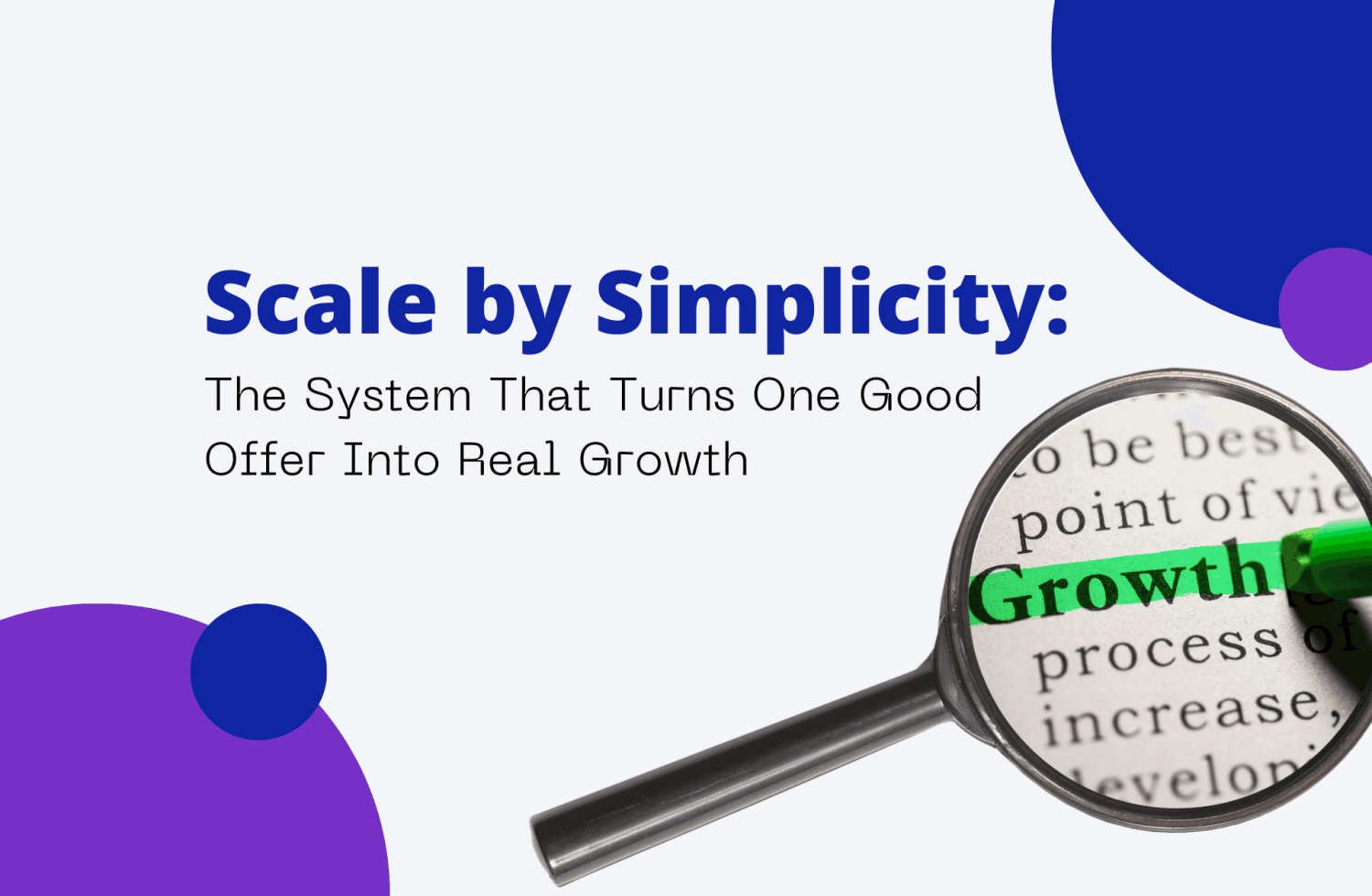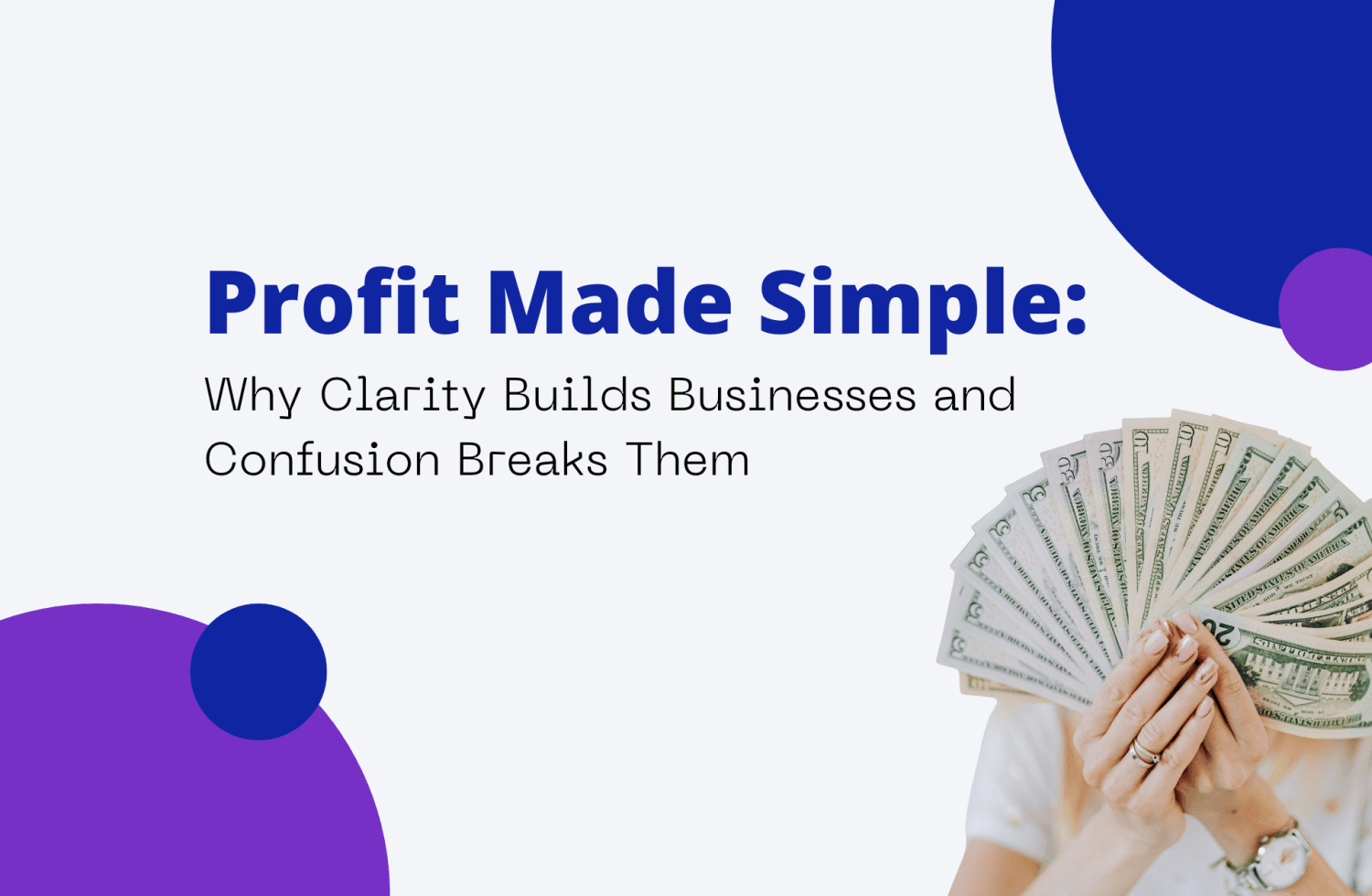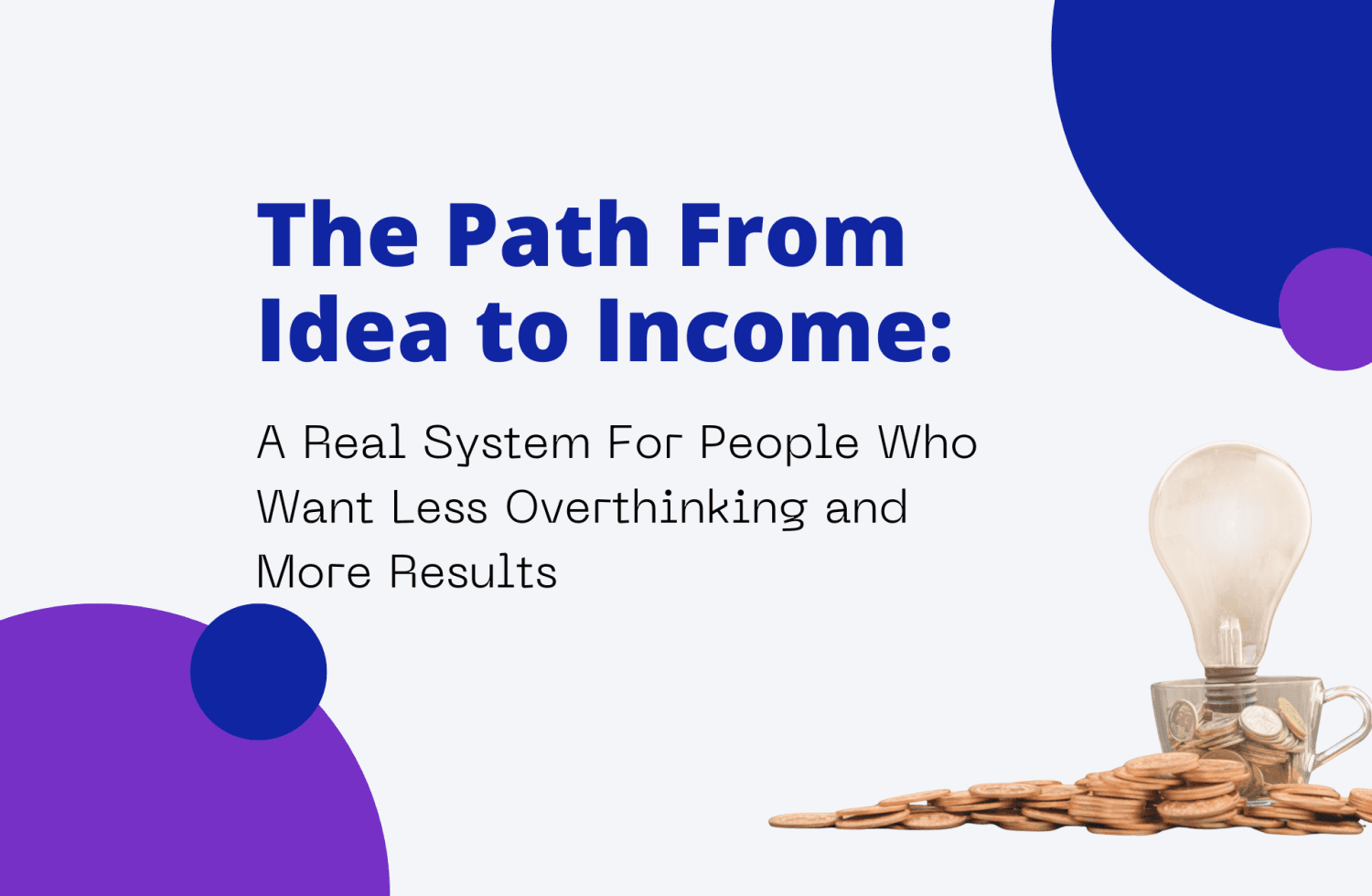If You Want To Download The PDF Version Of This Infographic, Click Here.
In today’s world, loud gets attention.
But attention doesn’t always equal trust. And it rarely leads to something that actually lasts.
If you’ve ever sat in a meeting with something helpful to say but didn’t say it first—or didn’t say it loud—you know what this feels like.
You’ve seen louder ideas win.
You’ve watched people take credit for your work.
You’ve heard advice like “just speak up more.”
But deep down, you know your value doesn’t come from volume.
It comes from clarity. From calm. From building something that actually helps.
And that’s the whole point. You don’t have to change how you work.
You just have to stop doubting it.
This blog is for the quiet ones who are done holding back.
The ones who want to create, lead, and deliver—on their terms.
The ones ready to stop trying to be louder and start getting real results.
Let’s get into it.
When the Loudest Voice Isn’t the Right One
They weren’t new. They weren’t junior.
But they were being overlooked—over and over again.
A mid-level team member with strong instincts and better systems sat in meeting after meeting, watching louder voices circle the same ideas.
Everyone had opinions. Everyone wanted airtime.
No one was getting to the point.
They had already mapped out a fix: a simpler, async workflow that would save time and get better updates across teams.
They’d seen this work in other projects. They had the receipts.
But each time they spoke up, they got interrupted.
Or they lost the room by overexplaining. Or worse—they said nothing at all. And the cycle repeated. Nothing moved forward.
This is how many smart people get stuck.
Not because they don’t have the solution.
But because they haven’t found a way to share it that feels true to how they think, work, and communicate.
That changed the moment they stopped trying to get louder—and got clearer instead.
Step 1: They Listened First
Before doing anything else, they pulled up their team’s Slack threads, project retros, and feedback forms.
They copied 50 raw comments and plugged them into ChatGPT with one simple prompt:
"What are the top 5 frustrations and hopes showing up here?"
The answers confirmed everything they’d sensed:
- Meetings were too long and unfocused
- Updates were getting lost
- People were unclear on priorities
- No one had a system for progress tracking
- Everyone was frustrated but no one was changing it
Suddenly, they weren’t just pitching a solution—they were responding to the exact problems the team was already feeling.
Step 2: They Found Their Quiet Edge
Instead of forcing themselves to be someone they weren’t, they asked three simple questions:
- What do I love working on?
- What do I do really well?
- What’s clearly missing here?
The overlap hit hard. They had a gift for simplifying messy information.
They loved turning chaos into clarity. And the team had no repeatable system for keeping everyone aligned.
The sweet spot was obvious. It had been the whole time.
Step 3: They Led With One Feeling
They chose one goal for how they wanted the team to feel after seeing their idea: relief.
Not impressed. Not hyped. Just relieved.
So they gave ChatGPT this task:
"Make this one-pager feel more like relief in 100 words."
What came back wasn’t flashy. It was simple. It was easy to read.
It felt like an answer instead of another request.
That’s the version they shared. And it landed immediately.
Step 4: They Stopped Guessing What to Say
Still unsure what to include in their proposal, they thought back to actual problems they’d solved.
Not ideas—moments.
They wrote down five:
- When they built a handoff checklist that saved a teammate a week of work
- When they organized a chaotic Google Drive into one clear system
- When they stepped in to fix a communication gap that nearly delayed a launch
- When they made a screen-recorded tutorial that became the team’s go-to guide
- When they turned a 30-minute meeting into a 3-minute async update that actually got read
They put all of it into ChatGPT and asked:
"What themes are here? What small offers or posts could I make from this?"
The answer was: more than they thought. They weren’t starting from scratch.
They had a body of work—they just hadn’t seen it as one.
Step 5: They Turned It Into a Real Offer
They opened a voice memo app and recorded a 3-minute walkthrough of their system.
Calm. Direct. No frills.
Then they transcribed it. They turned that into a 1-page visual PDF.
They added a short screen-recorded walkthrough.
That was it. It wasn’t meant to go viral.
It wasn’t built for everyone. It was for their team.
A few days later, they bundled it into a $29 toolkit and shared it in their internal workspace.
Eventually, it became the foundation of a $199 training other departments started requesting.
But it started with one page. One video. One person doing it their way.
What Happened Next
The team tested their system for one quarter. Meetings were down 30%.
People were actually reading the updates. And progress no longer lived in 17 different docs.
The person behind it didn’t get louder. They got recognized.
Because clarity always wins in the long run.
The Tools That Helped Along the Way
These tools weren’t used to perform. They were used to cut through the noise and get things moving:
- Book: Quiet: The Power of Introverts in a World That Can't Stop Talking by Susan Cain — a must-read if you’ve ever felt underestimated
- TED Talk: The Power of Introverts by Susan Cain — clear, heartfelt, and one of the most popular talks for a reason
- AI Tool: ChatGPT — used for tone-shaping, content clarity, extracting patterns, and turning thoughts into real products
- Documentary: The Mind, Explained (Netflix, narrated by Emma Stone) — especially the “Personality” episode, which breaks down how introversion and thinking styles affect how we work and create
When used intentionally, these tools help you build around how you work best—without forcing yourself into someone else’s strategy.
Real Power Isn’t Loud. It’s Clear.
What happens when you stop waiting to feel ready and start creating from where you already are?
Your quiet voice is not small. It’s intentional. It’s informed. And it’s ready to be trusted.
You don’t need to talk over anyone.
You don’t need to prove your worth in the first 30 seconds.
You don’t need a perfect pitch to show that you can lead.
What you need is a process that lets you show up consistently as yourself.
What you need is space to work how your mind actually works.
What you need is to stop second-guessing the way you think.
Because when your ideas are clear, they carry weight.
And when your systems work, people remember who built them.
Quiet power doesn’t hold back. It shows up with purpose. It keeps showing up.
And eventually, it becomes the thing people depend on.
So ask yourself this: If the loudest person in the room went silent—what would you say next?
That answer is where your power is. Say it simply. Say it calmly. Say it your way.
And keep saying it until the results speak for themselves.
Download the Infographic
Want to keep this visual as a clear, step-by-step reference?
Download the Quiet Power: How Introverts Are Building Businesses in 2025 infographic as a printable PDF.
Use it whenever you need to reset, simplify, and keep moving forward on your terms.





